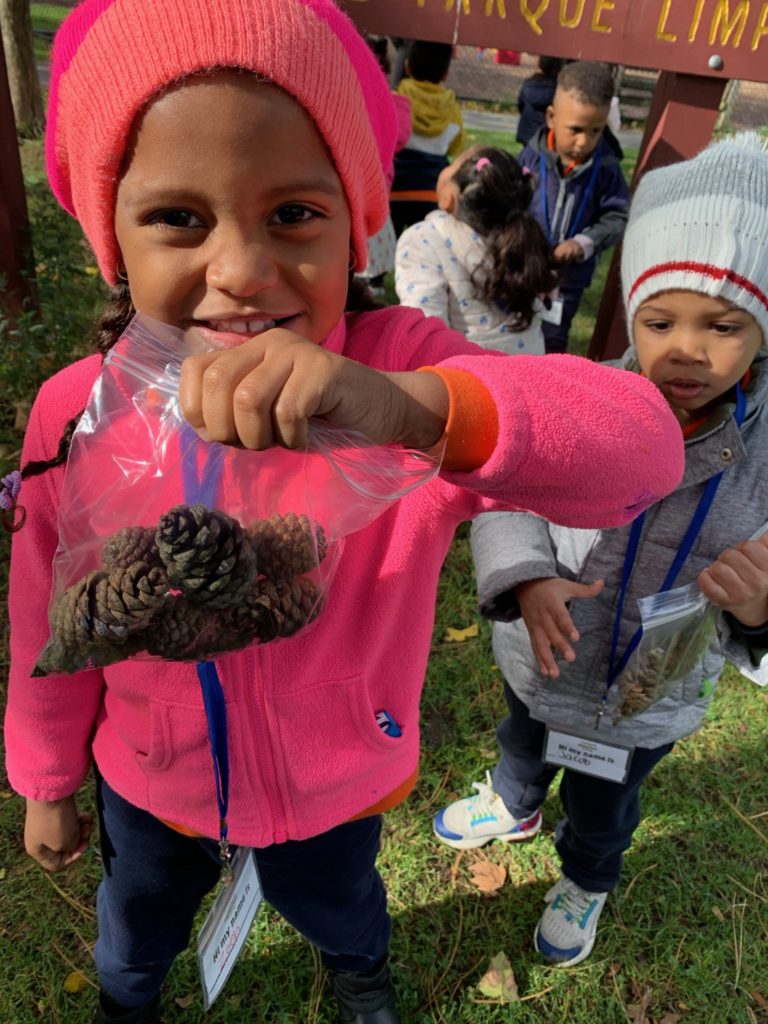Our Curriculum
Curriculum
Creative Curriculum
Now in its latest edition, The Creative Curriculum for Preschool is everything that the teachers love a comprehensive, research-based curriculum that features exploration and discovery as a way of learning. The Creative curriculum for Preschool is based on five fundamental principles Positive interactions and relationships with adults provide a critical foundation for successful learning Social-emotional competence is a significant factor in school success Constructive, purposeful play supports essential learning interactions. Teacher-family partnerships promote development and learning Resource The Creative Curriculum for Preschool: The Foundation, page 3 (Dodge, Heroman, Colker, Bickart).

Handwriting Without Tears
The Handwriting Without Tears curriculum prepares young learners for school using three programs: Readiness and Writing, Language and Literacy, and Numbers and math. These programs complement and expand our existing Preschool and Preschool and Pre-K programs.

STEAM (Science Technology/Engineering/Art/Math)
STEM is a curriculum based on the idea of educating Students in four specific Disciplines- science, technology, engineering and mathematics-in an interdisciplinary and applied approach. Rather than teach the four disciplines as separate and discrete subjects, STEM integrates them into a cohesive learning paradigm based on the real-world

Phonics
We use the Phono-visual* method. It is primarily designed to help children distinguish initial consonant sounds. “This is not a method of teaching reading by itself. It is not presented as a substitute, nor does it presuppose the discarding of all sight reading. It is to be used as a supplemental tool, as parallel teaching in a developmental reading program.” At this level it is a readiness tool. “Phono-visual Products, Inc. In addition to the phonics program, the little school at Kids Cottage classrooms are reading oriented. The children engage in a program that prepares them for reading as their teachers read to them from a book. They will see words on the chalkboard, they will browse at the library books, they will dictate their experiences to the teacher who prints them on large chart paper and later reads them to the children. This language and/or learning experience approach (LEA) is often implemented in the classroom, along with inventive spelling (creative writing). Such a program develops an eagerness to learn to read on the part of the children when they reach developmental readiness.
